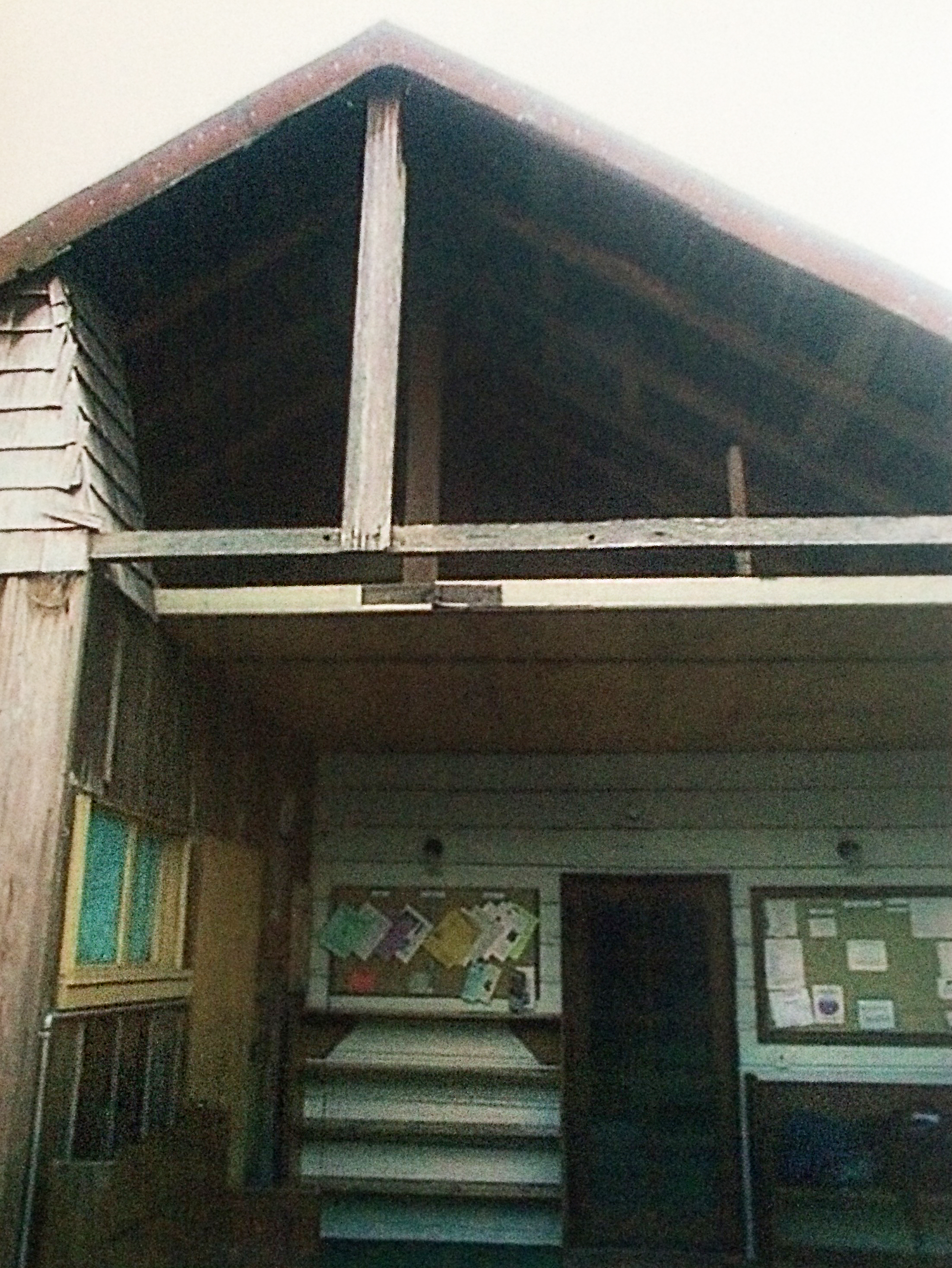Our Story
Part II: Kobun Leaves, Sobun Arrives
The period between Kobun’s withdrawal in 1983 and 1990, when Katharine Thanas assumed full-time teaching duties, was a quiet one, and sometimes a very difficult one, for the center.
The period between Kobun’s withdrawal in 1983 and 1990, when Katherine Thanas assumed full-time teaching duties, was a quiet one, and sometimes a very difficult one, for the center.
When in 1977, an umbrella organization of Zen Centers affiliated with Kobun Chino was formed, called Bodhi. Santa Cruz Zen Center members spent “untold hours” trying to define their sangha’s relationship to this entity. Some wanted to merge with it, while others preferred degrees of affiliation or non-affiliation. Those who felt most strongly about merging with Bodhi helped develop that organization’s new property on Skyline Drive, which would become Jikoji Zen Center. For decades, Santa Cruz Zen Center would hold annual sesshins at Jikoji but also continued to thrive on its own. Meanwhile, Kobun’s time in Santa Cruz became more sparse.
Kobun’s withdrawal from teaching in 1983, with the directive that the sangha members act as teachers to each other, was not different from a direction Santa Cruz Zen Center was already taking at the time with its continuous stream of caretakers, board members, and residents. The nature of practice for both residents and non-residents was continuously rediscovered.
Still, with Kobun gone, the center began to dwindle. A difficult period for the center culminated in 1985 with the tragic death of a friend visiting a resident. “The sobering effect on the sangha was incalculable,” says the Sangha journal.
In 1989, Karin Sobun Katherine Thanas became head teacher.
Without a strong teacher, core members began moving out. Some were replaced by followers of other traditions, who in turn moved out when the sangha would not renounce its roots in Zen. When other core members left for different life commitments, the sangha found itself unable to attract new practitioners. It was clear that the group was in need of a teacher.
In 1988, Karin Sobun Katherine Thanas, a senior resident at San Francisco Zen Center, had begun lecturing weekly in Carmel. The group met for a short time at the Unitarian Universalist church, and then moved to the Carl Cherry Center for the Arts in Carmel, where, as the Monterey Bay Zen Center, they continue to this day. (embed link) That same year, Katherine was invited to lecture at Santa Cruz Zen Center.
A core group of dedicated students invited Katherine to be head teacher in Santa Cruz in 1989. She began to receive a modest stipend, and moved to Santa Cruz. The Center was revitalized, with new practitioners and activities, and, thanks to Katherine’s monastic training, a new degree of structure and formality.
Katherine spent years in monastic residence at Tassajara Zen Mountain Center as a student of its renowned founder, Suzuki Roshi, since 1967. Prior to encountering Zen, she had received a B.A. in journalism from UC Berkeley, an M.A. in sociology in 1955 from the New School for Social Research in New York, a B.F.A. in painting from the San Francisco Art Institute in 1965, and had studied with the well-known abstract painter Richard Diebenkorn. She had been lay ordained by Suzuki Roshi, priest ordained by Zentatsu Richard Baker in 1975, and received dharma transmission from Tenshin Reb Anderson in 1988.
Please visit this memorial page for Katherine to learn more about her, or read some of her talks in the book The Truth of This Life.



